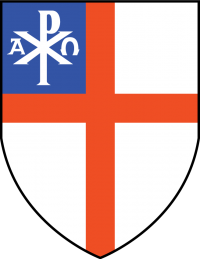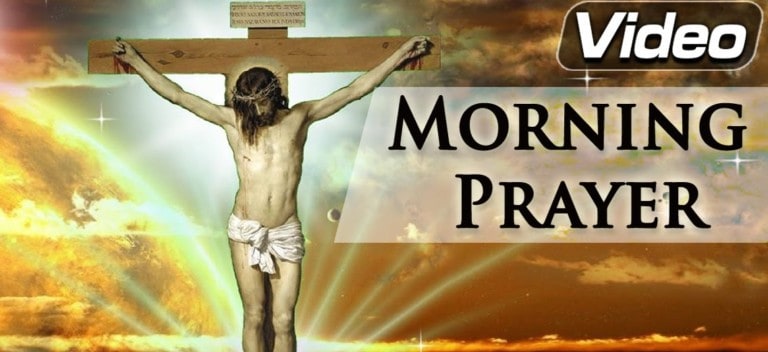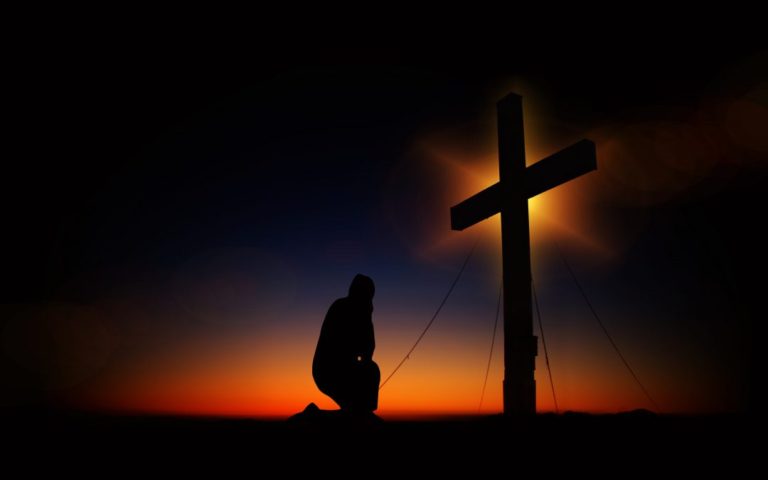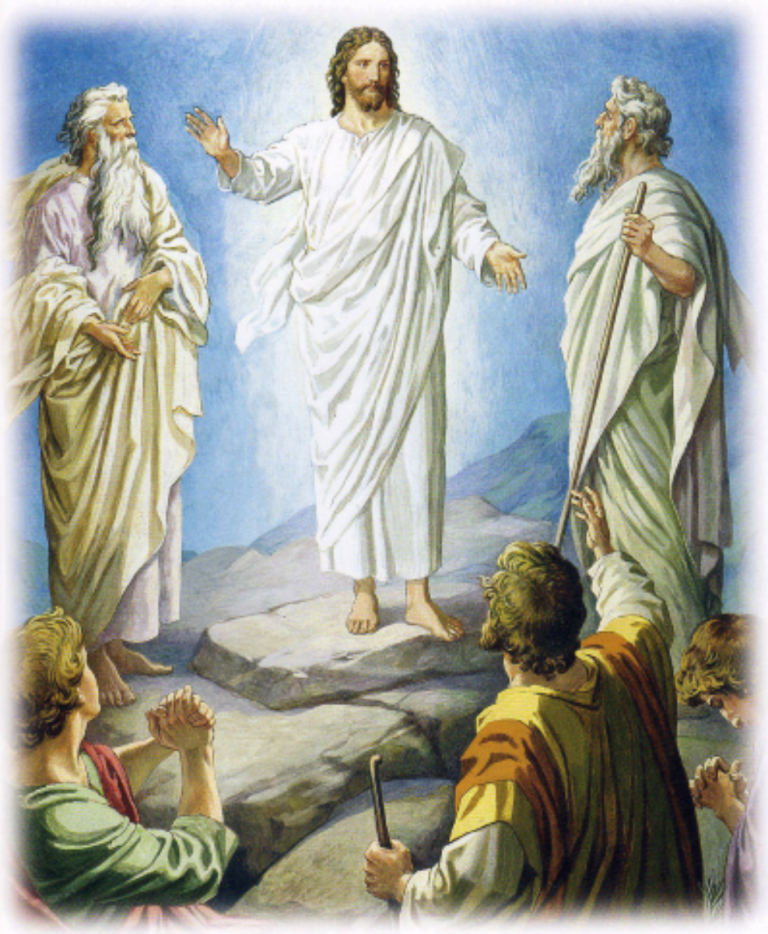Explanation of Christian Faith

THE NICENE CREED:
One self-defining aspect of being an Anglican is an affirmation of the Nicene Creed as the sufficient statement of the Christian Faith. This section explores creeds, what they are, how they developed, and their place in our faith and history. Particular attention is paid to the Nicene and Apostles’ Creeds.
Comparing the Nicene and Apostles’ Creeds:
The Apostles Creed is a statement of a person who has affirmed their inclusion in the Body of Christ, the Church – through Baptism (the original intent of the Apostle’s Creed); and is thus properly an individual affirmation. The Nicene Creed, on the other hand, is the commonly held dogma of the Christian Church, and as we say it together we both affirm the reality it describes, and the commitment of ourselves to the manifestation of this reality on earth.
The Nicene Creed speaks of the Trinity:
The Jewish idea of monotheism was unique in the history of religious thought. Judaism arose in the context of Near Eastern religions that knew many gods, each of whom controlled aspects of the world around us, like rain, or the fertility of the crops or flocks. The Hebrew people once shared such a religious view but came to understand that they worshipped not simply the greatest among a host of gods, but the only true and living God. Maintaining a monotheistic religion in the midst of the Canaanite people with their religions organized around many gods would have been daunting, in the least.
God the Father:
The first section of the Nicene Creed acknowledges the fact that a single God, called both Father and Almighty, is the creator of all that is. It is the acknowledgment of Judaism’s monotheism at the very outset of the Creed.
God the Son
The Son and the Father each had genuine, distinct personhood, but were of the same substance with one another (and, again, with the Holy Spirit). The affirmation of the divinity of the Son, Jesus Christ, was revolutionary against the backdrop of Jewish monotheism, as true incarnation was against the backdrop of Hellenistic paganism.
God the Holy Ghost: The Holy Spirit was originally God’s Power in the Hebrew Scriptures. As God’s power, the Holy Spirit was granted to God’s servants and messengers, prominently the prophets. Wisdom has long been understood to be a name for the Holy Spirit, and so in this passage from Proverbs (“The LORD created me the beginning of his works, before all else that he made, long ago. Alone, I was fashioned in times long past, at the beginning, long before the earth itself…Then I was at his side each day, his darling and delight, playing on the earth when he had finished it, while my delight was in mankind.”) we see one of the fountainheads of the thinking that led to the Church’s recognition of a Third Person of God, thus completing the Trinity.
CHRISTIAN LIFE AND FAITH Part II: THE NICENE CREED
One God continues to be confessed and yet in three persons of the Trinity. Let us take a few moments to connect this concept (Trinity) from the Book of Genesis through The Revelation of St. John the Divine…the following summary is from Introduction of Christianity by Cardinal Ratzinger (Pope Benedict XVI.) From the story of the Burning Bush and God proclaiming who He is: I AM that I AM…the God of Abraham, the God of Issac, and the God of Jacob (this within a world saturated with gods) and now a God reveals Himself within an intellectual element of communicating with Moses, the God of Creation who’s Spirit moves upon the face of the water and then there was Light at the command of God (later Jesus proclaims He is the light.) In Isaiah at the end of the Babylonian exile (the Deutero-Isaiah – chapters 40-55) we are told in Is: 41:44 – “Who hath wrought and done it, calling the generations from the beginning? I the Lord (Yahweh), the first, and with the last, I am He” so it is He from the first to the last – eternal. And in The Revelation the same is repeated…Before all powers he stands already, and after them he still stands (see Rev: 1:4; 1:17; 2:8; 22:13.) So we go from the beginning of Scripture to the end, and from Greek of “I-HE” renders itself to accuracy as “I AM.” It is God, the Father, Son, and Holy Ghost who proclaims absolute superiority to all the godly and ungodly powers of this world.
The Nicene Creed speaks of the Trinity. It is important to grasp that the doctrine of the Trinity flew in the face to many people, seemingly, of the hard-won truth of Judaism, radical monotheism. Deut. 6:4 proclaims “Hear, O Israel, the LORD your God is one” (the Shema), which is the defining proclamation of Judaism. To speak of a Triune God seems to be a complete departure from the central insight of Judaism, yet the theologians of the early Church claimed, finally, that it was not.
It might be well to consider how important the Jewish idea of monotheism was in the history of religious thought and how “hard won” it was, before considering the Trinity. By considering the Jewish theological base, it is easier to understand both how revolutionary the idea of the Trinity seemed to be, and how important it was to find a true connection between the two ideas.
Judaism arose in the context of Near Eastern religions that knew many gods, each of whom controlled aspects of the world around us, like rain, or the fertility of the crops or flocks. That the Hebrew people themselves once shared such a religious view is indicated in traces still to be found in the Bible, such as the Genesis creation statement in I:26: “Come, let us make humanity in our image, after our likeness.” Rather than the royal we, this expression, found in the creation accounts of Genesis, it is by some traced of a time when the high god addressed the council of gods (these words still present a problem for those of the Jewish faith who deny The Holy Trinity.)
Gradually, however, the Hebrew people came to understand that they worshipped not simply the greatest among a host of gods, but the only true and living God. All the other so-called gods came to be as mindless forces anthropomorphized by humans (To attribute human characteristics to something that is non-human); these forces are empty of person-hood.
Another aspect of Judaism’s monotheism important in understanding the emergence of the doctrine of the Trinity is that the God of Israel was beyond human manipulation. While the Canaanite gods could be conjured, cajoled, or coaxed into helping humanity, the God of Israel was wholly other, and so beyond the reach of sympathetic magic.
Monotheism also gave gifts to humanity in terms of human consciousness. The concept of one God opens the door to the understanding of the human personality as a whole and united in its parts. Jesus’ famous summary of the law, and his identification of the heart of the Torah (Matthew 23), for instance, may be seen as an understanding shaped by the container of monotheistic thought. To love the whole of one’s self is furthered by being immersed in a world where one must rigorously view the whole of creation as coming from the one single divine source, instead of proceeding from several divinities or powers.
The first section of the Nicene Creed, on God the Father, is the briefest, showing not that this section is unimportant, but rather acknowledging a tenet universally agreed upon: the fact that a single God, called both Father and Almighty, is the creator of all that is. It is the acknowledgment of Judaism’s monotheism at the very outset of the Creed. Passing on, however, immediately we are in the realm of paradox, for we begin to affirm that the Second Person of the Trinity was begotten, not created by the Father God, and co-eternal with him, “God from God, light from light, begotten not made…” This compact statement is the compressed product of serious, sustained debate that involved both spiritual and intellectual and indeed physical struggle.
To summarize this in general, the followers of Arius maintained what seemed entirely reasonable and most probable, given the monotheistic background outlined above; that Jesus the Christ was created by the one Creator God. Arius’ followers were willing to concede that the Messiah was the first, in terms of temporal sequence, and also in terms of importance, of all creatures, but was, nevertheless, a creature like all that is. The orthodox idea that we take now to be given, that the Christ is the second person of the Trinity, co-equal with God the Father and with the Holy Spirit (more on the third person of the Trinity later), was seen as a shocking innovation, even as blasphemy.
Finally, some consideration must be given to the role of the Emperor Constantine. Constantine’s “policy was to unite the Christian Church to the secular State by the closest possible ties” (Oxford Dictionary of the Christian Church.) This preceding statement is simple and bald, and speaks an enormous and troubling truth about a long relationship between secular authorities and the Christian Church. It was Constantine himself who summoned the Council of Nicaea in 325, acceding to a request from contending parties around the Arian controversy.
To return to the theological struggle that lies behind the formulation of the Nicene Creed, and particularly regarding the second person of the Trinity, the Son, against the backdrop of radical monotheism, the solution employed tools of classic Greek philosophy in order to hold that the Son and the Father each had genuine, distinct personhood, but were of the same substance with one another (and, again, with the Holy Spirit). The term “personhood” is very important in this formulation. It would be relatively easy to maintain the integrity of a monotheistic faith alongside a Trinitarian doctrine if one regarded the Father, Son, and Holy Spirit as being modalities of being, mere masks of the one, undivided God. Or, similarly, if the three persons of the Trinity were not so much persons as functions (as in the recent formulation, “Creator, Redeemer, Sanctifier,” reducing the persons to what they do, an example would be rather like saying you, in your complexity, could be adequately summed up by your job title. The resulting doctrine says that God is a Trinity of divine persons sharing one undivided substance.
Finally, the last section of the Nicene Creed deals mostly with the Third Person of the Trinity, the Holy Ghost. The Holy Ghost was originally used to show God’s power, often imagined as wind or breath, in the Hebrew Scriptures. As God’s power, The Holy Ghost was revealed and used by God’s servants and messengers, prominently by the prophets. A good place in the Bible to consider this aspect of the Holy Spirit is in the story of Elijah and Elisha, at the end of Elijah’s ministry and life. Elisha asks his teacher and master to give him a gift from God of a double portion of the spirit that had been granted to Elijah. We must understand that this was not a request that had to do with ego or selfishness, but rather is recognition in the narrative that the demands on Elisha, as he contended with the prophets of Baal, would be even those strenuous challenges Elijah had faced.
So, The Holy Ghost as God’s power for mission is one aspect of the person of the Trinity. As such, however, we recognize that if that is all the Holy Spirit is, it hardly qualifies for personhood. Other biblical sources, though, give us the emerging sense of personhood. In Proverbs, Wisdom is personified in this way: “The LORD created me the beginning of his works, before all else that he made, long ago. Alone, I was fashioned in times long past, at the beginning, long before earth itself…Then I was at his side each day, his darling and delight, playing on the earth, when he had finished it, while my delight was in mankind.” Wisdom has long been understood to be a name for the Holy Spirit.
This combination is even laid out by Christ in His Mission to His Church: “baptizing them in the name of the Father, and of the Son, and of the Holy Ghost” (Mat 28:19).




